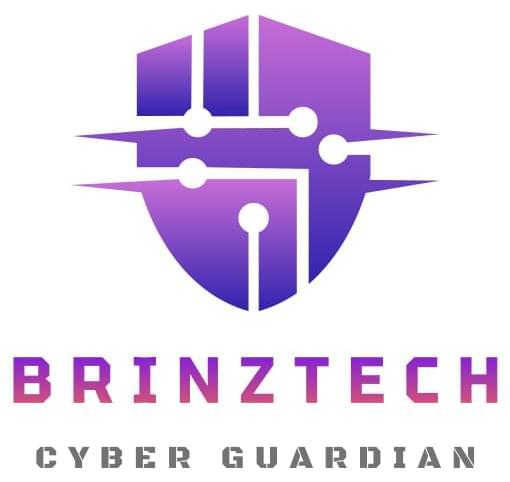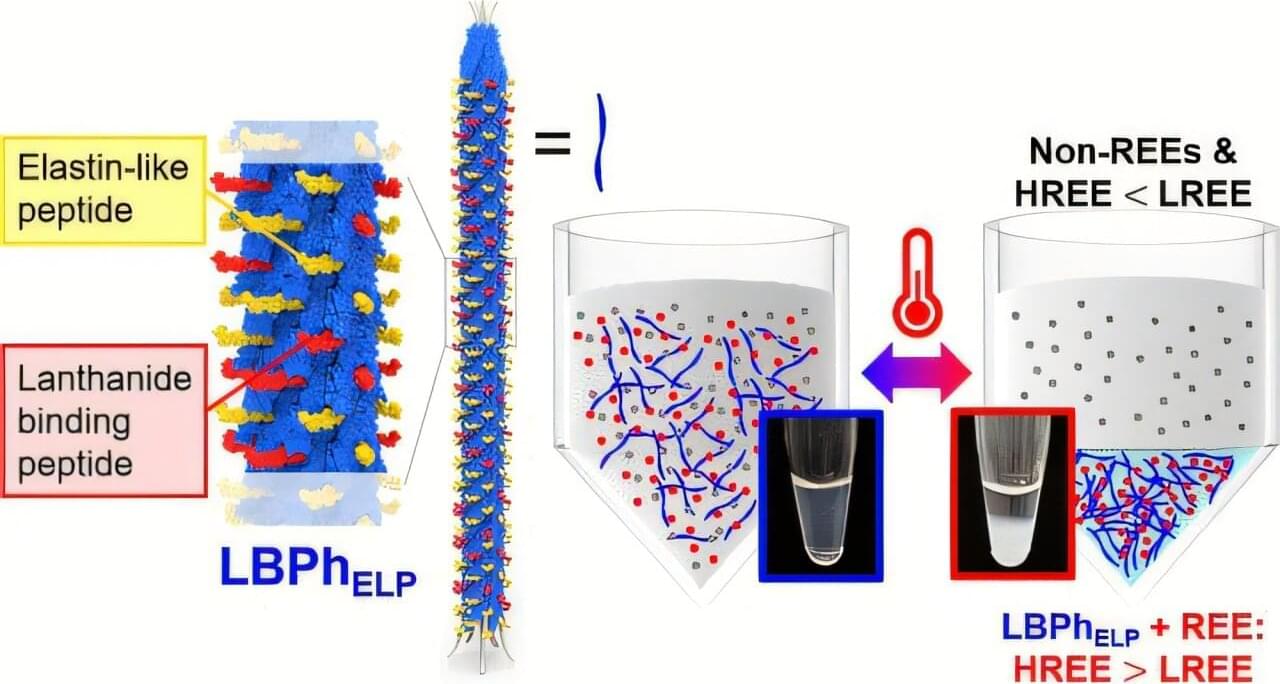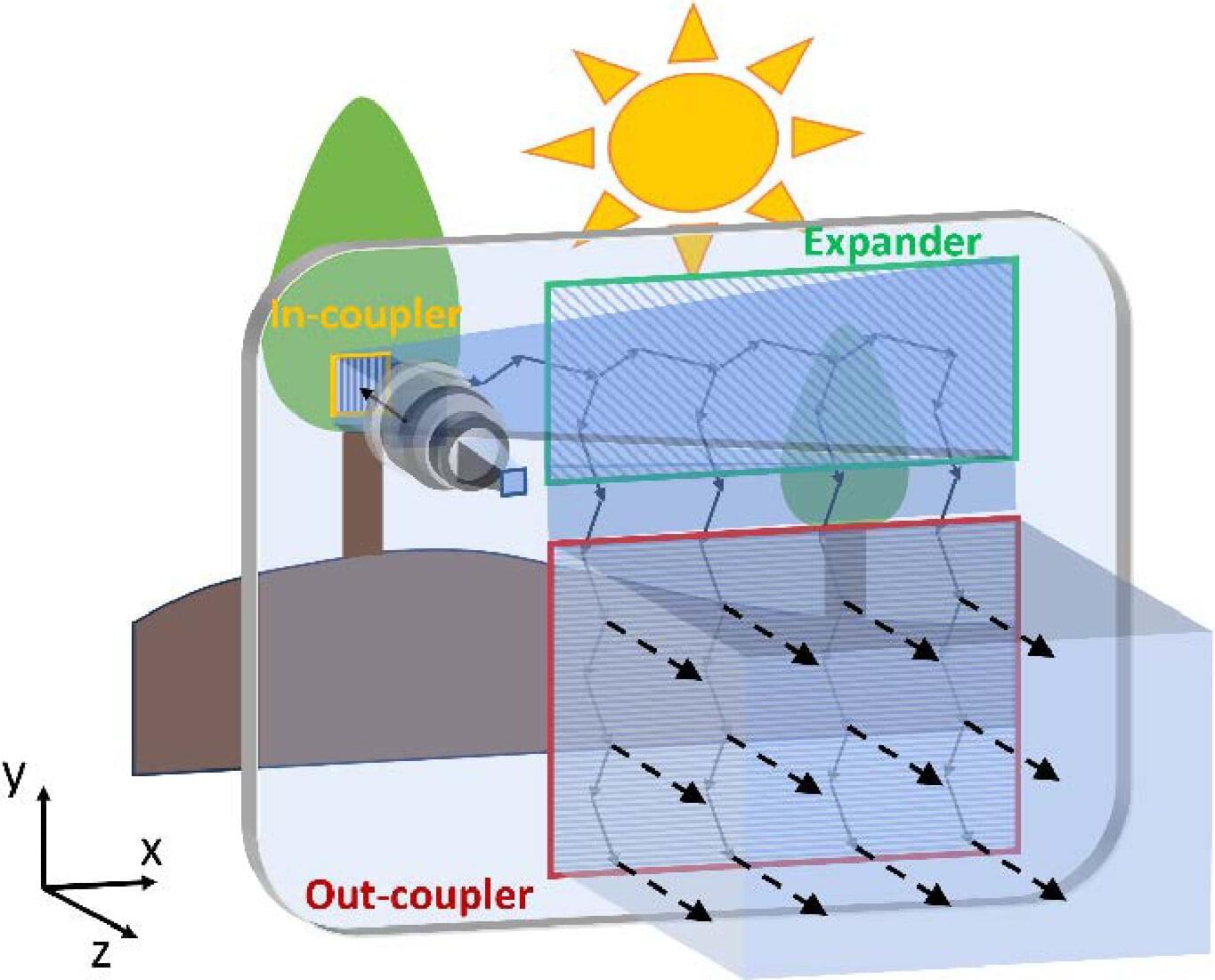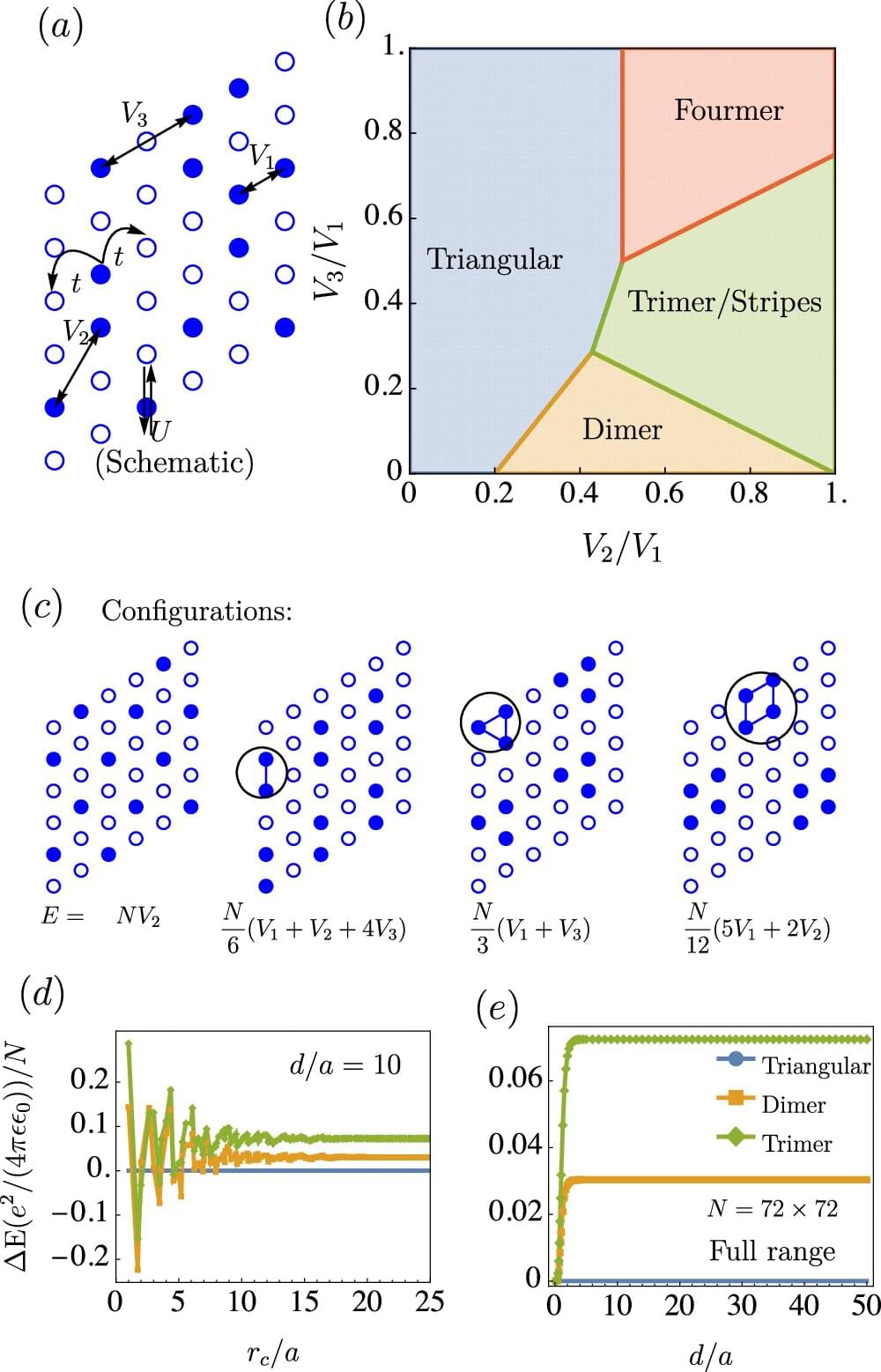Electricity powers our lives, including our cars, phones, computers, and more, through the movement of electrons within a circuit. While we can’t see these electrons, electric currents moving through a conductor flow like water through a pipe to produce electricity.
Certain materials, however, allow that electron flow to “freeze” into crystallized shapes, triggering a transition in the state of matter that the electrons collectively form. This turns the material from a conductor to an insulator, stopping the flow of electrons and providing a unique window into their complex behavior. This phenomenon makes possible new technologies in quantum computing, advanced superconductivity for energy and medical imaging, lighting, and highly precise atomic clocks.
A team of Florida State University-based physicists, including National High Magnetic Field Laboratory Dirac Postdoctoral Fellow Aman Kumar, Associate Professor Hitesh Changlani and Assistant Professor Cyprian Lewandowski, have shown the conditions necessary to stabilize a phase of matter in which electrons exist in a solid crystalline lattice but can “melt” into a liquid state, known as a generalized Wigner crystal. Their work was published in npj Quantum Materials.







